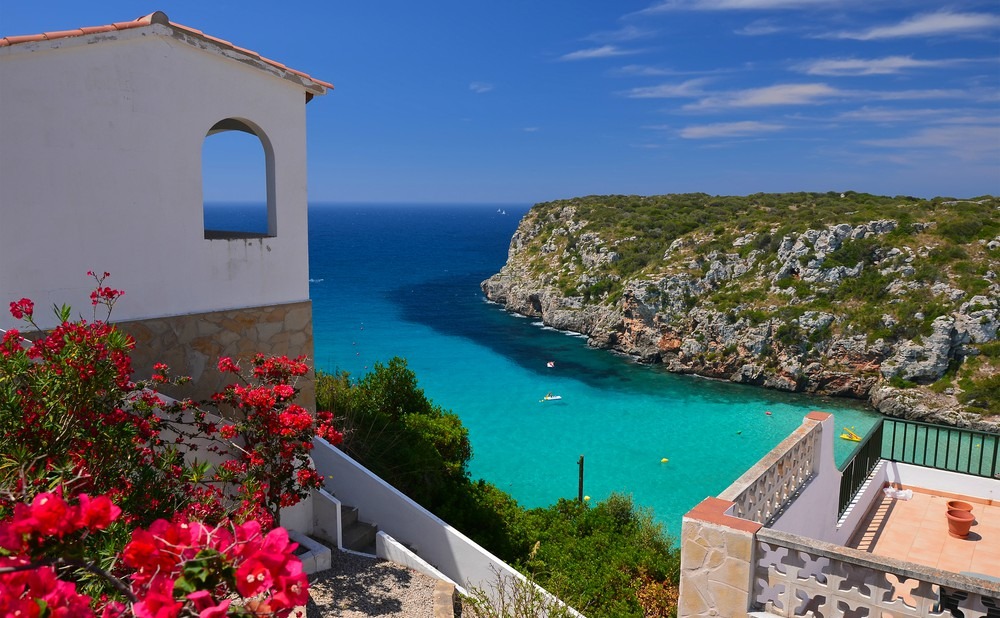The arrival of Spring marks the busy season for overseas viewing trips. If you’re about to head abroad to look at properties for the first time, you’re likely to be feeling a sense of excitement mixed with a pinch of curiosity. After all, you’ll be visiting a foreign country, where the climate, lifestyle, customs and building practices mean the design and practicalities of properties you visit will contrast with what you’re used to back in the UK.
To help you prepare, here are some pointers for when you view homes in Europe’s warmer destinations.
Not a radiator in sight
In the UK central heating is regarded as a vital component of any home, which is why most Brits are quick to check the condition and age of a property’s boiler, radiators and overall plumbing when viewing it.
Not so when you head to southern Europe, where the balmy Mediterranean climate does away with the need for a full-blown heating system. Instead, when doing viewings abroad you should be looking for an air conditioning system, for keeping you cool in those sweltering summer months. Ask about the condition of any air con system when visiting a property, and if there isn’t one, get a ballpark quote for a new installation. Bear in mind too, older systems might contain gas that doesn’t meet the latest European regulation – this could mean having to replace the whole system in the event of it breaking down. Newer, more upmarket apartment blocks might have a central air con system.
Don’t forget, even southern Europe gets chilly for a few months of the year, especially inland or higher up.
Don’t forget, even southern Europe gets chilly for a few months of the year, especially inland or higher up, and for this reason most air con systems have a heating function – it’s worth checking this in any property you visit. Older properties, in particular those in more rural areas, are less likely to have air con but they may have an open fire or burner.
Meanwhile, hot water tends to be heated using an electric cylinder heater, although solar power is increasingly the preferred option in sunny southern Europe.
There is life in outside space
A home’s exterior space, including terraces and balconies, gets far more usage in a warm country than in the UK, where the trend with new homes is for increasingly smaller gardens. The Mediterranean lifestyle is an al fresco outdoorsy one, where the terrace is the preferred spot for relaxation, eating meals and general hanging out. You’ll find that in most properties, especially resort homes overlooking a pool or coastal ones with a sea view, the interior layout tends to gravitate towards patio doors that lead to a sunny outside space – why wouldn’t it? For this same reason, kitchens tend to be small and functional, especially in holiday homes – compare this to in the UK, where kitchens are typically deemed the hub of a home and the room that often sells a property.

Make the most of your outside space.
Check also which way a property’s outside spaces face – if you’re a sun-worshipper you’ll likely to want south-facing, but just remember how fierce those rays can get in the height of summer. Expect to pay a premium for ground-floor apartments that come with a larger outside area than the others above it and top-floor units that come with a private solarium. It’s not unusual for apartments in the same block to share access to the building’s solarium. Overall, think about how you will use space in a warmer country compared to how you do in the UK or anywhere with a colder, wetter climate.
Furniture fun
If you’re house-hunting in popular holiday resorts, chances are you’ll view properties that are second homes belonging to other foreigners, including Brits, or locals who have a primary residence somewhere else. Or the property could belong to expats who are relocating back to the UK or another country. For this reason, more often than not vendors have no use for their furniture and will include much – if not all – of it in the sale of their property.
A vendor may ask a buyer to pay extra for the furniture on top of their property’s advertised asking price, in which case you should be ready to negotiate.
A vendor may ask a buyer to pay extra for the furniture on top of their property’s advertised asking price, in which case you should be ready to negotiate. Frequently buyers end up with furniture they are not overly keen on, but it fulfils a needs until they get round to replacing it. Good local estate agents know the score and are used to dealing with this common scenario, and can often refer you to local charities that will collect unwanted furniture for free.
Furnishings and floors
From sumptuous cut pile to racy flatweave, we love our carpet in the UK… So prepare yourself – carpeting floors and covering them with a thick woolly material is an almost alien concept in Europe. Nine out of ten of the properties you view will have hard floors, typically tiled or laminate, possibly engineered wood. And given the climate and ease of cleaning, it makes sense.
Meanwhile, wall-paper is another rarity, with painted walls, usually in bright whites and other light summery colours, being the norm. And that goes for inside and out! As for furnishings, these days most popular second home destinations in Europe have an IKEA store an acceptable drive away, which is where many new owners head to kit out their new pad.

